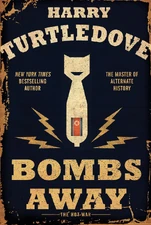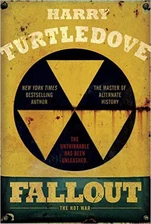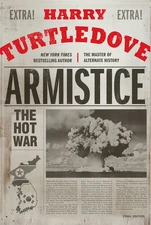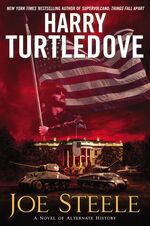
The Pershing was a heavy tank of the United States Army. It was designated a heavy tank when it was first designed in World War II due to its 90mm gun, and its armor. In 1957, the U.S. developed the M103 tank, which had an even larger 120mm gun, and the M26 Pershing was re-classified as a medium tank. The tank is named after General of the Armies John Pershing, who led the American Expeditionary Force in Europe in World War I. It was briefly used both in World War II and the Korean War.
Intended as an improvement of the M4 Sherman, the prolonged time of development meant that only a small number saw combat in the European theater. Based on the criteria of firepower, mobility, and protection, R. P. Hunnicutt ranked the Pershing second, behind the German Panther medium tank, but ahead of the Tiger I heavy tank. In service during the Korean War, the M26 overmatched the T-34-85 in terms of firepower and protection, but was challenged by the hilly and muddy terrain, and as a result, were withdrawn in 1951 in favor of its improved derivative, the M46 Patton, which had a considerably more powerful and reliable engine as well as an advanced and improved suspension to better meet the demands of the specific terrain it operated in.
M26 Pershing in The Hot War[]
At the outbreak of the ground war during World War III, the Soviet Union launched a massive armor offensive through Fulda. The Americans fielded Pershings, which were taller than Soviet tanks, but not as well sloped. Moreover, the Pershings had better fire control and could hit from ranges the Soviet T-54s could not match. Doctrine had the Soviets close in as quickly as they could and then slug it out.[1] Sgt. Konstantin Morozov's first T-54 of the war was destroyed by either a Pershing or a British Centurion.[2]
Lt. Cade Curtis and Staff Sgt. Lou Klein were skeptical that they would see any Pershings in the now backwater Korean War but were pleasantly surprised when a regiment of tanks clanked up to the front. The North Koreans had some old, surplus T-34/85s which could not match the Pershings so the initial drive on Chongju was a success in the short term.[3]
M26 Pershing in Joe Steele[]
With the outbreak of the Japanese War in 1948, the US Army had to make due with Shermans to help defend South Japan although a few Pershings were available. Sgt. Mike Sullivan hoped the US would ship more Pershings quickly since he saw how outclassed the Shermans were compared to the Soviet made T-34/85. The Shermans needed a two or three to one advantage to kill a T-34/85 since the Soviet tank was faster, had better armor and a more powerful gun. The Americans had better fire control but it didn't matter if the round didn't penetrate. The Pershing outclassed the T-34/85 although not to the same extent.[4]
References[]
- ↑ Bombs Away, pg. 115, HC. Specifically called a Pershing Ibid., pg. 141.
- ↑ Ibid., pg. 212.
- ↑ Ibid., pgs. 204-207.
- ↑ Joe Steele, pg. 356, HC.
| |||||||||||||||||||||
| |||||||||||||||||||



